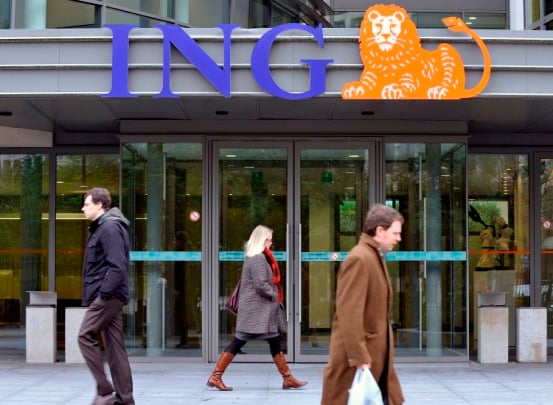A hefty charge ING Groep NV will take on its American variable annuity business appears to be a mixed blessing for investors hoping to snap up shares of the company's insurance unit once it makes its public debut.
A hefty charge ING Groep NV will take on its American variable annuity business appears to be a mixed blessing for investors hoping to snap up shares of the company's insurance unit once it makes its public debut.
A review of policyholder behavior in a closed VA block didn't line up with previous assumptions, particularly in light of market volatility, ING noted in an announcement today, and the insurer will take an estimated fourth-quarter-earnings charge of between $1.2 billion and $1.47 billion.
As a result, the company had to update its assumptions for policy lapses, mortality, annuitization and utilization rates, as well as account for the increased market volatility. The changes have led ING's U.S. insurance unit to adjust its hedging accordingly, leading to the charges.
“These life insurance companies made very attractive guarantees to policyholders in variable annuities, and they didn't count on stock market volatility and the low-interest-rate environment, which raises the cost of the guarantee,” said John Fox, director of research at Fenimore Asset Management Inc.
“The policyholders know that they have a good deal, and few are lapsing the product, which raises the insurer's liability,” he added. Indeed, ING sold its legacy variable annuities from 2003 to 2009 before going to a less rich VA product in 2010. The insurer continued curbing risk in its legacy VA business as it closed off access to exotic funds.
With the prospect of an upcoming initial public offering around the corner, investors interested in ING's U.S. insurance unit might be relieved to have the charges in the rearview mirror, Mr. Fox noted.
“I would think that people like it when companies put these developments behind them and do it before an IPO,” he said. “But it's going to raise questions of: ‘Are you sure you got it right?' and, ‘What are you assuming going forward?'”
In unrelated news, Lynne Ford, chief executive of ING Individual Retirement, and X. Rick Niu, head of marketing for retirement, have parted ways with the company amid a reorganization of the business, confirmed spokeswoman Maggie Dietrich. ING will integrate its retirement plan and individual retirement businesses. ING has begun a search for Ms. Ford's replacement as head of individual markets.
Maliz Beams, a veteran of TIAA-CREF, will oversee ING's entire retirement business as chief executive, Ms. Dietrich said. She joined ING in June.
News of Ms. Ford's departure was first reported by Retirement Income Journal.







